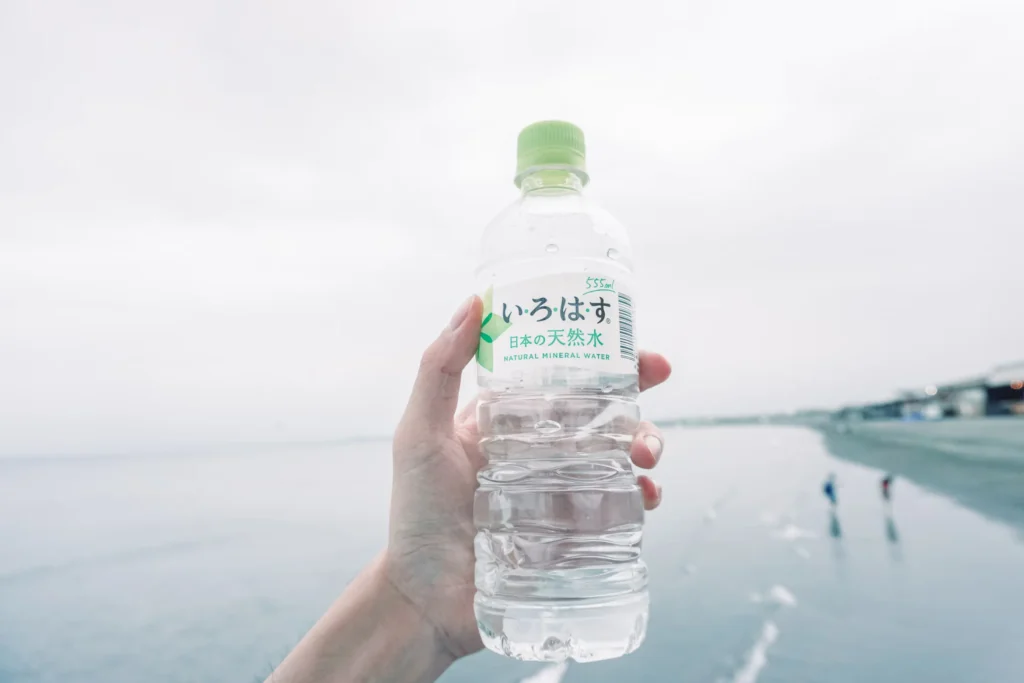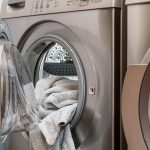Bottled Water vs. Tap Water
When it comes to drinking water, the choice for many is straightforward — it’s either bottled or tap water. But, which is better: bottled water or tap water? And how do you choose the best one?
In a nutshell, bottled water is valued for its convenience and purity, whereas tap water is preferred for its strong regulations and eco-friendliness. However, beyond these factors, it’s also important to consider the health, environmental, and cost effects of both.
This article will discuss these points in detail to help you make an informed decision.
Read on!
Bottle Water vs. Tap. How are they Regulated?
The Environmental Protection Agency (EPA) regulates and establishes guidelines for tap (municipal) water systems in the USA. These regulations cover a diverse range of pollutants, such as microorganisms, disinfectants, chemicals, organic compounds, and radionuclides, to ensure safe hydration.
State authorities are responsible for implementing these standards, while public utility companies routinely conduct tests to adhere to them and furnish customers with yearly reports on water quality.
On the other hand, bottled water is governed by the Food and Drug Administration (FDA) as a packaged food item. It doesn’t, however, get the same level of scrutiny and enforcement from the FDA as municipal sources with the EPA.
The FDA is more into setting standards for source quality, bottling safety, and label information—expiration dates, nutritional content, and more. Manufacturers are accountable for the safety and quality of their products through internal QC measures.
Which Type of Water Is Actually Safer?
Is tap water healthier than bottled water? Let’s explore the pros and cons of both options for insights.
Bottled
Pros
- Bottled water water often undergoes extensive filtration, potentially offering higher purity and better taste.
- It’s easily accessible and portable—convenient for on-the-go hydration.
- It can help in emergencies when clean tap water is unavailable.
Cons
- The production and disposal of plastic containers contribute significantly to pollution.
- Bottled water is much more expensive than drinking from the tap. Not many can afford it.
- Some studies have raised concerns about the purity of bottled products. It may not always be as pure as claimed.
Tap
Pros
- Tap water is more affordable than bottled, making it a budget-friendly option.
- It is supplied via a central municipal system. There will always be consistent and reliable supply.
- Tap water has a smaller carbon footprint since it doesn’t require plastic packaging and transportation.
Cons
- While generally safe, municipal sources can contain trace amounts of contaminants. These are usually leftovers from disinfectants.
- Some areas add fluoride for dental health. This can be a problem for some individuals.
- The taste or odor of tap water, often due to chlorination, can be unappealing to some people.
Choosing between drinking tap water and bottled water ultimately depends on your preferences and circumstances. While bottled is convenient and pretty much safe, it has environmental concerns and can be expensive. However, municipal sources are reliable and generally affordable.
However, if you’re unsure of the quality of your municipal source, a quality report under “right-to-know” provisions or a simple test can put your mind at ease. Some people also prefer additional filtration to be on the safer side. In this case, a whole house system can be the perfect investment for your peace of mind.
These systems are not install-and-forget, though. You have to pay attention to maintenance, like filter changes, which typically happen every six to twelve months, depending on usage. Be sure to buy from a reliable online shop like Filterway so you can be sure of getting high-quality products.
I Still Want Bottled Water, How Do I Know What I’m Buying?
If you prefer bottled water, buying right is crucial. Here’s what to know.
- Read the Label. Look at the label to know what’s in the bottle, how it’s treated, and if there are any added ingredients. Phrases like “purified,” or “mineral” will tell you what type it is.
- Research the Brand. Check out the brand. Stick with ones known for good quality and transparent practices. Online reviews and consumer reports can help you choose.
- Check for Certifications. Look for stamps of approval from respected organizations—International Bottled Water Association (IBWA), NSF International, or the Safe Quality Food (SQF) Certification. These show the product meets certain quality and safety standards.
- Verify the Source. The label should say where the water comes from, whether it’s a spring, tap, or well. If it’s unclear, you can call the manufacturer for more info. Knowing the source helps you judge the quality.
- Review Test Results. Some companies test their product and share the results. Check the company’s website or contact them to get this info.
- Beware of Misleading Claims. Beware of labels that sound too good to be true. Look for evidence or certifications to back up claims.
- Environmental Impact. Think about the environmental impact of the bottle and its packaging. Choose recyclable or biodegradable materials.
Is the Bottle a Health Risk?
When deciding between bottled or tap, it’s crucial to think about the health risks associated with the bottles themselves. These bottles are made from a type of plastic called polyethylene terephthalate (PET). PET is thought to be safe for one-time use. However, concerns have been raised regarding chemicals like phthalates and antimony possibly leaking from the bottles, usually if they are heated or kept for an extended period of time.
Antimony can cause health issues like abdominal problems and toxicity to organs when consumed in high amounts. Phthalates have been linked to reproductivity challenges and other health concerns. Even though only a small amount of these elements may leach from the plastic, there’s still a risk that long-term exposure could be harmful.
There are also concerns about the environment. PET bottles are one of the main causes of the worldwide problem of ocean pollution. Ecosystems and marine life are at risk when these bottles are disposed of improperly.
Conclusion
This article is not a debate over “why is tap water bad” or the merits of bottled options. It’s about showcasing the pros and cons of the two options. The goal is to help you make sound choices about safe and affordable hydration.
At the end of the day, whether you prefer drinking from the tap or a plastic bottle comes down to your priorities and personal tastes. However, it’s critical to acknowledge the role that easily accessible, safe H2O plays in fostering improved health.







